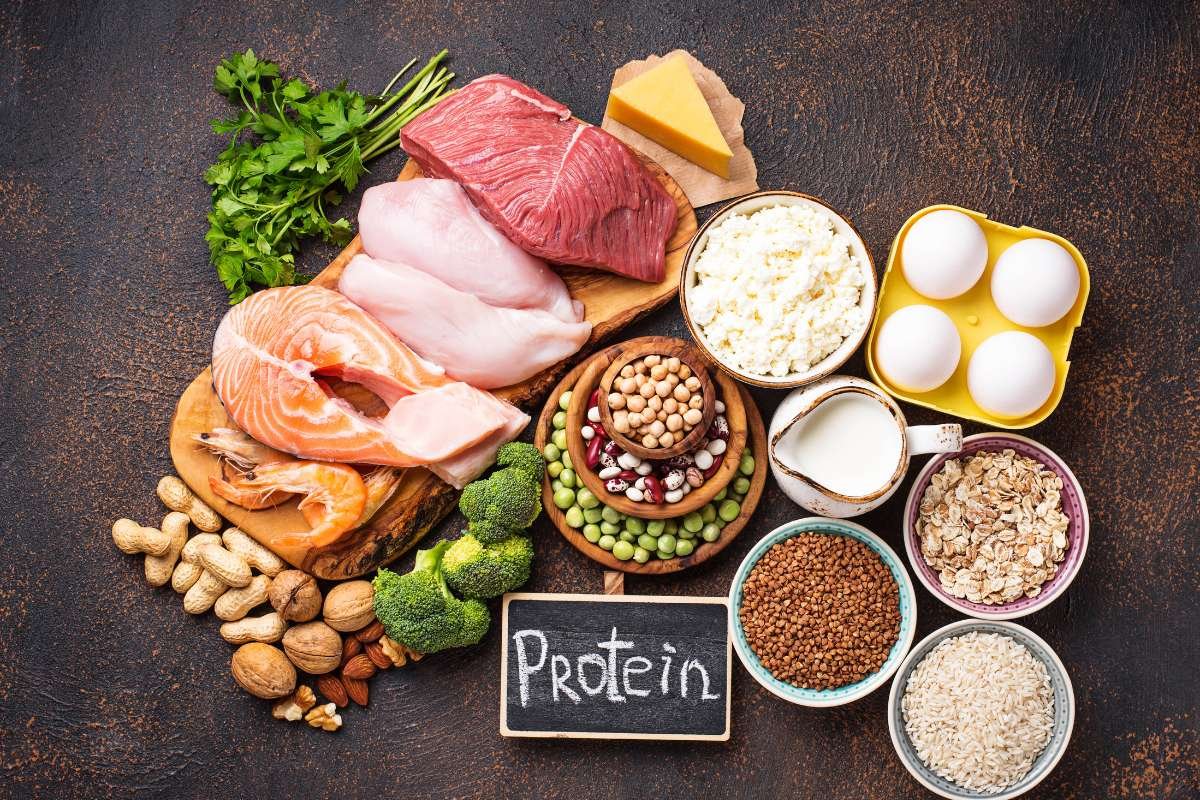Study Overview and Background
A recent study published in PLOS ONE has shed light on the critical factors influencing Ironman triathlon performance, focusing on age, climate, and geography. Conducted by an international research team, the study analyzed how the origins of athletes and the location of races affect finishing times in this demanding endurance sport. The findings provide practical guidance for athletes and coaches to optimize race selection and preparation.
The Ironman triathlon is recognized as one of the most grueling endurance challenges, comprising swimming, cycling, and running in succession. Over the years, research into Ironman performance has explored variables such as age, pacing strategies, and environmental impacts. Key factors like training, nutrition, and adaptation to environmental conditions have been shown to significantly influence results. However, this study aimed to address knowledge gaps about the role of race location and nationality, offering insights into how these elements interact with environmental conditions to affect outcomes.
Key Insights: Data and Analysis
The researchers analyzed data from nearly 700,000 records spanning two decades (2002–2022) of Ironman races held across 66 global locations. After extensive data cleaning, the dataset was categorized by age groups, gender, country of origin, and race location. Employing advanced machine-learning techniques, including the XGBoost Regression model, the study examined the relationship between variables such as air and water temperature, elevation gain, and demographic factors on race outcomes.
The study revealed that environmental conditions play a crucial role in shaping performance. Optimal conditions for faster race times included an air temperature of approximately 27°C and water temperatures around 24°C. These conditions help reduce physiological strain and improve endurance. Interestingly, these findings contrasted with traditional advice favoring cooler climates for endurance sports.
SHapley Additive exPlanations (SHAP) analysis highlighted the dominant influence of country of origin and race location on performance, along with demographic variables such as age and gender. Despite these insights, the model’s modest R² score (0.27) suggested that other unexamined factors, such as pacing strategies and nutrition, also contribute significantly to performance variability.
Major Findings and Implications
The study identified several notable patterns. Younger male athletes under 35 consistently achieved the fastest times, with the 30–35 age group demonstrating peak performance. Meanwhile, athletes aged 40–45 comprised the largest participant demographic, highlighting the sport’s diversity. Geographically, athletes from Austria, Germany, Belgium, and Finland outperformed their counterparts from other countries, while U.S.-based participants dominated in numbers but lagged in performance.
Racecourses also varied in their suitability for fast finishes. Ironman Austria, Copenhagen, Barcelona, and Brazil Florianopolis emerged as the most favorable locations for achieving competitive times. This insight is particularly valuable for amateur triathletes aiming to qualify for elite events like the Ironman World Championship in Hawaii, which was identified as the fastest overall course.
While environmental conditions were pivotal, the study acknowledged the role of other factors, such as elevation gain and prior experience, which were not included in the analysis. The findings underline the importance of selecting races with optimal climatic and geographic conditions for achieving personal bests and qualification goals.
Conclusion
The study highlights the intricate interplay of age, climate, and geography in shaping Ironman triathlon outcomes. By providing evidence-based insights, it equips athletes and coaches with the tools to make informed decisions about race selection and preparation. However, the researchers emphasized the need for further studies incorporating additional variables such as weather patterns, nutrition, and pacing strategies to deepen understanding of performance determinants.
For athletes targeting peak performance or qualification for prestigious events, prioritizing races with favorable environmental conditions and manageable elevation gains could make a significant difference. As Ironman triathlons continue to attract participants globally, such research offers a strategic edge to those striving for excellence in this demanding sport.






.jpg)
